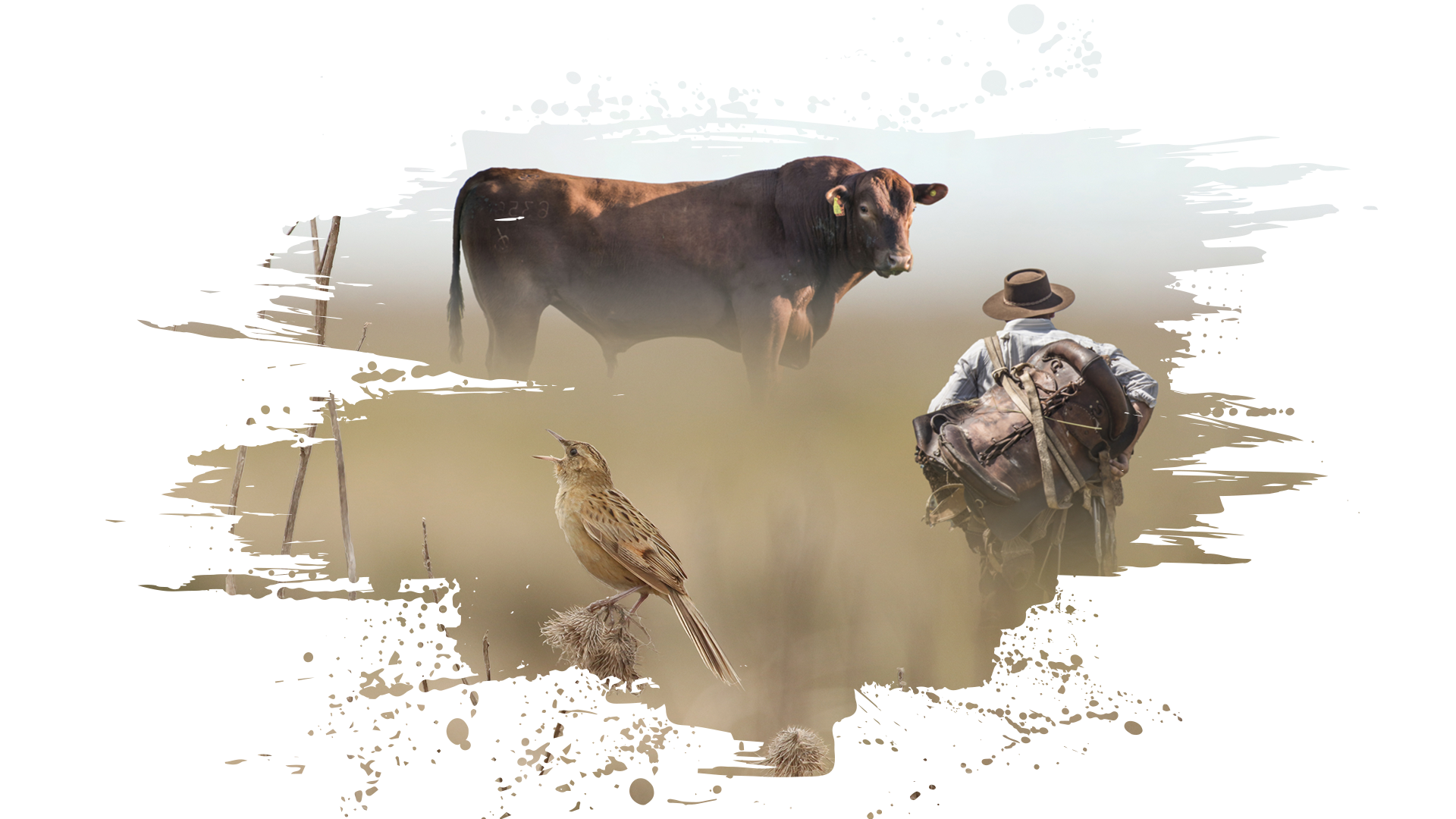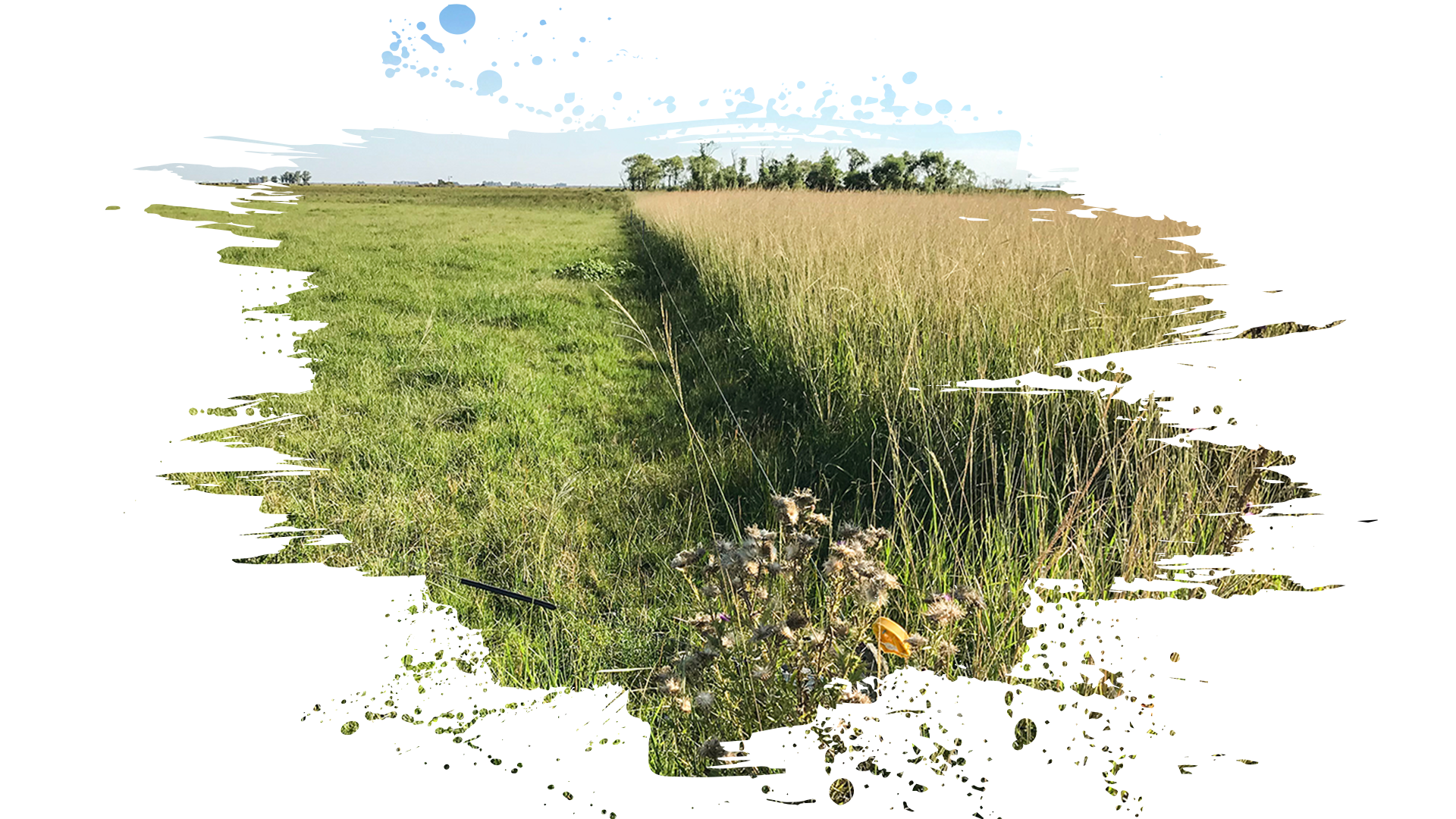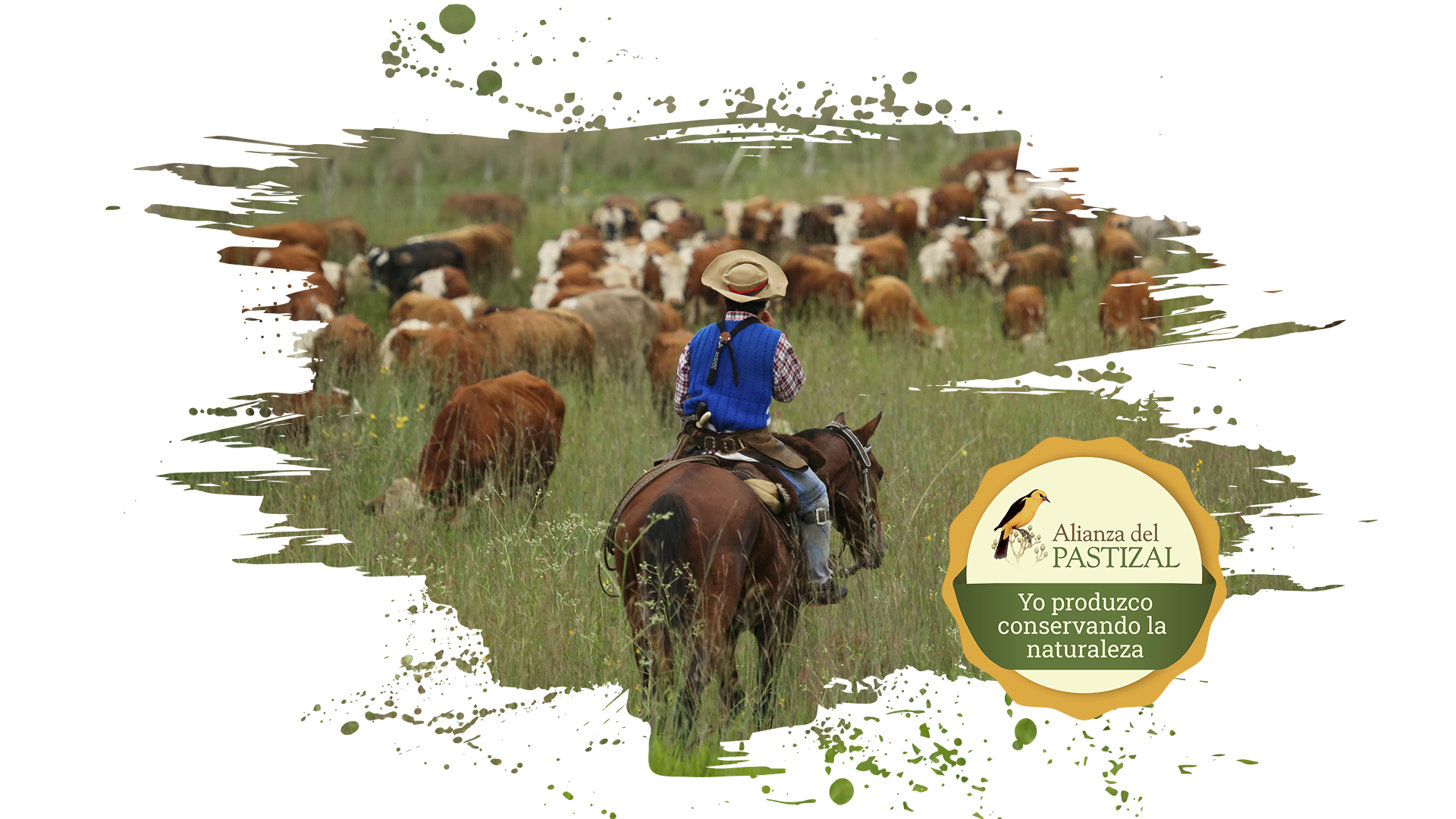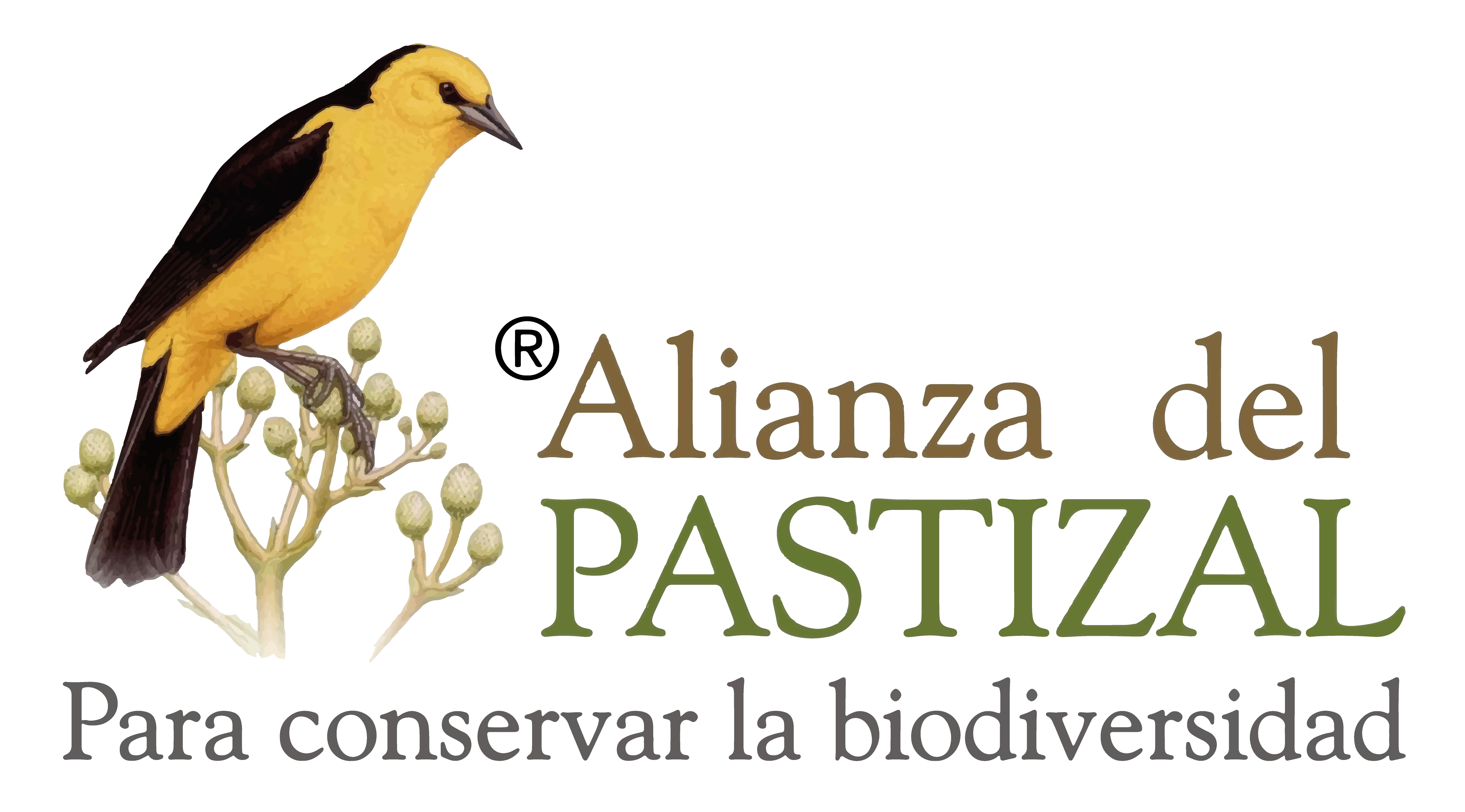Why grasslands?

In the Alliance's area of influence, the natural grasslands of South America are composed mainly of grass and herbaceous plant species. Its extension covers four countries with about 75 million hectares, distributed in: Argentina (60%), Uruguay (20%), Brazil (18%) and Paraguay (2%).
Also known as plains, plains or pampas, grasslands provide essential ecosystem services for life such as: purification, regulation and provision of water, carbon storage, regulation of nutrient cycles, climate regulation, carbon sequestration, and provisioning of food, fiber and fuel. In addition, they are home to a lush variety of wildlife and a wealth of cultural, spiritual and recreational richness. However, like other grasslands around the world, they are one of the most threatened ecosystems on the planet.

The grasslands of the Southern Cone comprise four ecoregions: semi-arid pampas, humid pampas, Mesopotamian savannah, and the suline fields and scrublands. Due to their natural history linked to grazing and fire, grasslands are one of the most biodiverse ecoregions globally.
Nearly 600 species of birds, some resident and others migratory, which travel distances of up to 15,000 kilometers each year, depend on this fragile and threatened ecosystem.
Unfortunately, the intensification and expansion of human agricultural and livestock practices under inadequate management, coupled with the indiscriminate use of fire and urban development, have drastically reduced the extent and health of the pampas. For this reason, grasslands are recognized as a conservation priority in the Neotropics.
Between 50% and 75% of the original natural grassland cover of the Southern Cone has been lost due to land use change, causing ecosystem fragmentation, wetland desiccation, soil and nutrient loss, and loss of original biodiversity.
Even more worrying is that less than 0.2 to 0.5% of these territories are protected by Natural Protected Areas. For this reason, it is vital to guarantee the long-term protection and recovery of grasslands through conservation and sustainable production plans. In this way, not only biodiversity is protected, but also the cultural legacy of livestock farming.

WHAT ARE WE FACING?
Every second account
Conversion of land use to grain monocultures and forestation.
Illegal hunting and killing.
Incompatible grazing regime.
Altered fire regimes.
Invasion of exotic flora and fauna.
Urban planning.
Climate change.
Loss of rurality.
